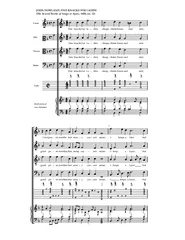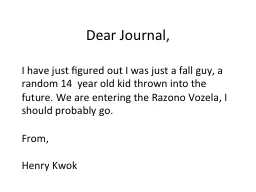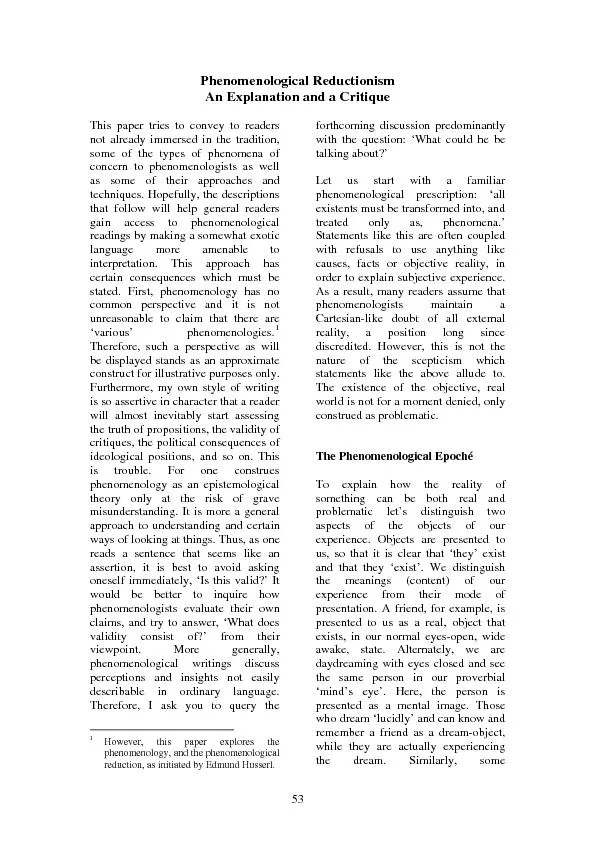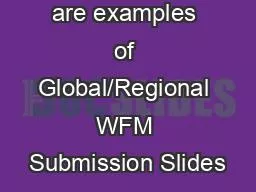PPT-Dear Readers, The slides convey information predominantly, but not exclusively about the
Author : patchick | Published Date : 2020-08-28
Extra visual items such as photos and usage of colors have been included to make the document palatable and attractive for the youth There is no doubt whatsoever
Presentation Embed Code
Download Presentation
Download Presentation The PPT/PDF document "Dear Readers, The slides convey informat..." is the property of its rightful owner. Permission is granted to download and print the materials on this website for personal, non-commercial use only, and to display it on your personal computer provided you do not modify the materials and that you retain all copyright notices contained in the materials. By downloading content from our website, you accept the terms of this agreement.
Dear Readers, The slides convey information predominantly, but not exclusively about the: Transcript
Download Rules Of Document
"Dear Readers, The slides convey information predominantly, but not exclusively about the"The content belongs to its owner. You may download and print it for personal use, without modification, and keep all copyright notices. By downloading, you agree to these terms.
Related Documents












![[EPUB] - Penguin Readers Level 3: Wonder (Penguin Readers (graded readers))](https://thumbs.docslides.com/903165/epub-penguin-readers-level-3-wonder-penguin-readers-graded-readers.jpg)
![[EPUB] - Penguin Readers Level 3: Wonder (Penguin Readers (graded readers))](https://thumbs.docslides.com/905129/epub-penguin-readers-level-3-wonder-penguin-readers-graded-readers-61be772099f28.jpg)
